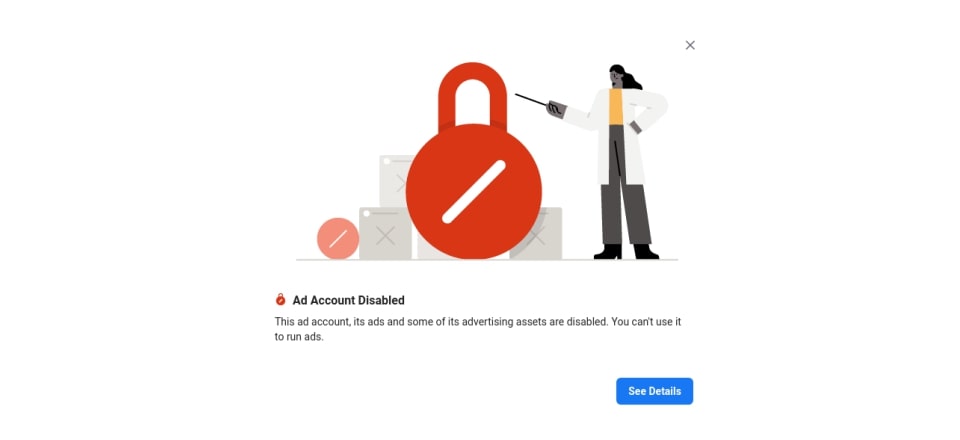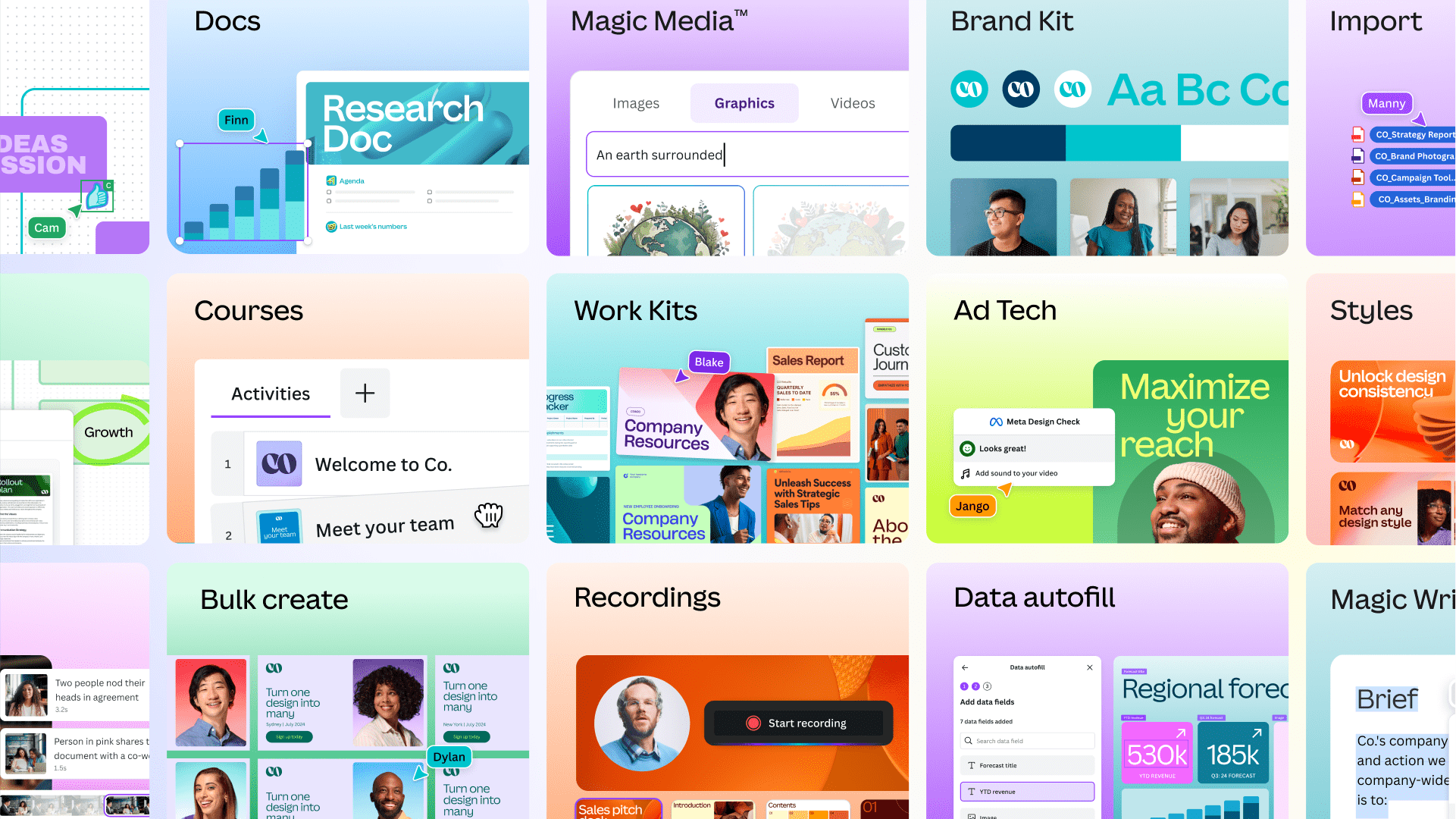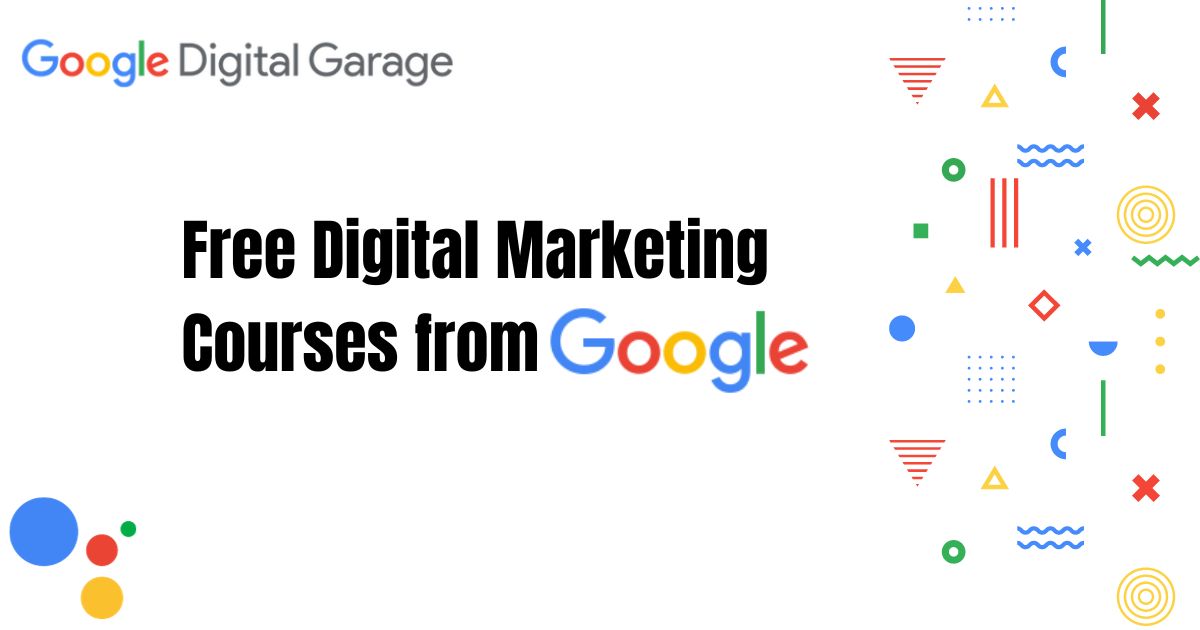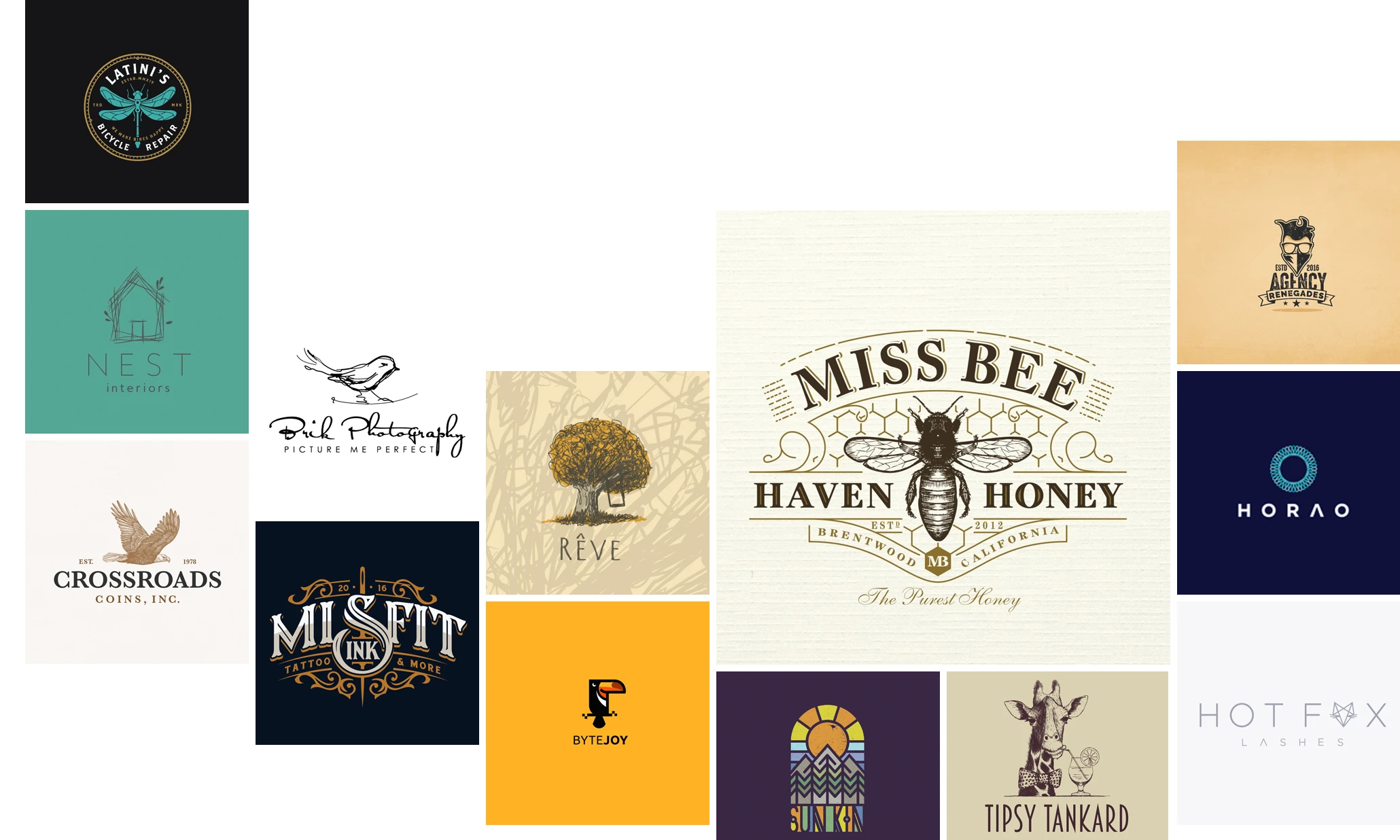Having your Facebook ad account suspended can feel pretty overwhelming. Facebook ads are vital for driving business growth, making this setback frustratingly significant. You’re not alone—many face this issue, often with little clarity on the next steps. This post is here to guide you through your options for restoring access. We’ll unpack why suspensions happen and offer practical recovery steps. Whether it’s due to a misplaced word or an oversight, understanding the cause is the key to bouncing back effectively. Dive in, we’re here to get you back on track. And remember, Clickyowl can be a support to unlock that suspended ad account again.
Understanding Facebook Ad Account Suspensions
Have you ever encountered a suspended Facebook ad account? It might feel frustrating and worrisome, turning your always-on marketing machine into a tool stuck in time-out. Let’s explore why Facebook may hit the pause button on your ad account and discuss how this can impact your business. We’ll also tease out some effective steps to help you get back into the game.
Common Reasons for Suspension
First things first, understanding why Facebook might suspend an ad account can save you a lot of trouble. Here are some common reasons:
- Policy Violations: Facebook has strict rules. If your ad content goes against community standards or advertising policies, you’re likely to end up in suspension territory. This could include posting misleading content, violations related to prohibited products, or breaches regarding sensitive content.
- Suspicious Activity: Has there been a sudden spike in your ad spending, or have you accessed your account from strange locations? Facebook’s algorithms are on hyper-alert for anything fishy, and they may suspend your account if they see anything odd.
- Payment Issues: Make sure your payment information is current. If payments are declined, or there’s inconsistent billing activity, you could find your ad account suspended.
Getting hit with one of these reasons can be a bit like getting a surprise rainstorm. You didn’t see it coming, but it can’t be ignored.
How Suspensions Impact Your Business
Imagine chopping down a tree in your marketing forest—an account suspension can feel just like that. It can chop your reach and revenue in half or more. Let’s face it; a suspended Facebook ad account can have serious effects:
- Financial Impacts: Every minute that your ads aren’t running means missed sales opportunities. If your business relies heavily on Facebook for leads or sales, this can be a direct hit to your financial goals.
- Reputational Impacts: Once word gets out that you’re off Facebook, customers might wonder what’s going on. This can lead to a domino effect, where concerns about your credibility start to stack up.
Picture your brand as a neatly stacked pile of Jenga blocks. A suspension tugs at the foundation, causing wobbles and potentially crashing it all down.
Keeping these impacts in mind can help fuel a proactive approach to managing and maintaining your ad account prudently.
Now that we have discussed the harsh realities and rooted causes, it’s time to focus on the solution avenues to reclaim what’s yours in your next steps. Options like Clickyowl might just be the sunbeam cutting through those cloudy suspension skies. Use this insight like your ad account’s compass, guiding you toward stability and growth.
Immediate Steps to Take After Suspension
Having a suspended Facebook ad account can feel like hitting a wall on a busy highway. But don’t worry—taking the right steps can help you get back on track. Here’s what to do immediately if your suspended Facebook ad account? is causing you trouble.
Review Facebook’s Notification
First things first—review the notification from Facebook. As soon as they suspend your account, they’ll send a message explaining why. Access this notification via your Facebook account dashboard. It’s usually under the “Account Quality” section. Take your time to carefully read what Facebook says, paying attention to each detail.
Think of this notification as Facebook ’s way of waving a yellow flag. What rule did you break? Was there a mysterious charge Facebook didn’t like? Understand these issues clearly so you know what you’re up against.
Check for Email Communication
Next, check your email. Facebook sends important details to the email linked with your account, and this often contains specific reasons for the suspension and possible next steps. Make sure to check your Spam or Junk folder just in case the email got lost there. Reading the email can give you more insights or updates that are critical to getting your account back.
Email is much like the app’s digital courier pigeon, bringing you news that sometimes doesn’t make its way to your main notifications. Put on your detective hat and comb through your inbox—you don’t want to miss helpful info!
Gather Evidence and Documentation
Now, it’s time to collect your evidence. If you think your account was suspended unfairly, gathering documents and facts can help when you reach out to Facebook for a review. This could include:
- Screenshots of the ads you were running
- Billing statements or proofs of payment
- Any communication records between you and Facebook’s support team
Basically, being prepared with the right info is like having a map when you’re lost in a forest. It’ll help guide your case if you need to contest Facebook’s decision. Who says you can’t come prepared when you’re swimming upstream? Gather all you have to make your appeal stronger.
By assessing Facebook’s notification, reading through your emails, and gathering supporting documents, you’ll be better prepared for the next step—getting your account back. Whether it’s a misunderstanding or a real policy breach, tackling this with the right knowledge and materials will make all the difference.
Appealing the Suspension
If your Facebook ad account is suspended, you might feel like you’re spinning in circles, unsure of where to go next. It’s frustrating, but there’s hope. You can appeal the suspension with clarity and precision. Let’s dive into how to effectively prepare and submit your appeal.
Preparing Your Appeal Statement
First things first, you need a powerful appeal statement. Think of it as your chance to tell your side of the story without the unnecessary fluff. Your message should be clear and straight to the point.
Here’s what to focus on:
- Understand the Reason: Go over the notification Facebook sent. Understand why they suspended your account. Whether it’s too many rejected ads or violations, knowing the reason helps you address it correctly.
- Gather Evidence: If you believe there was an error in their assessment, collect screenshots, email trails, and any other relevant information that can back you up. Facts matter.
- Be Respectful and Courteous: Remember, there’s a person on the other end. A respectful tone goes a long way.
- Stay Concise: Keep your explanation focused. Avoid the urge to write a novel—be the laser, not the spotlight.
Submitting the Appeal
Now, let’s talk about getting your appeal into the right hands. Facebook’s appeal process is pretty straightforward, but following it to the letter increases your chances of success.
Steps to follow:
- Log Into Your Account: Open your account and head to the help and support section.
- Find the Right Page: Navigate to Facebook Business Help Center for guidance on appeals.
- Use the Formal Appeal Form: Find the appeal form specific for ad account suspensions. Fill it in mindfully.
- Provide Information and Documentation: Complete all required fields and attach any relevant documents. We mentioned collecting evidence earlier—here’s where it comes in handy.
- Submit and Wait: Once you’re satisfied, hit submit. Be patient; Facebook usually takes a few days to review.
With these measures in place, you’ve taken proactive steps towards reclaiming your suspended Facebook ad account. So hang tight, and remember, you have Clickyowl to help guide you in the recovery process.
Monitoring the Appeal Process
When your Facebook ad account gets suspended, it can feel like a car has stalled on a busy road—utterly frustrating and inconvenient. Understanding how to monitor the appeal process is vital to getting back on track. This journey requires patience, persistence, and a sprinkle of tact. Here’s how you can navigate the appeal waters effectively.
Be Patient and Follow Up
Patience is a virtue when it comes to Facebook appeals. Although it can be tempting to hit refresh on your inbox a hundred times a day, taking a step back can often be more beneficial. Why? Facebook handles a massive volume of requests and appeals, so it takes time for them to process each one. While you wait, think of it as a slow-cooker meal that needs time to simmer before serving.
Still, patience doesn’t imply total passivity. If you haven’t heard back within the expected timeframe, it’s essential to follow up appropriately:
- Wait for an Initial Response: Before jumping in, ensure you’ve given Facebook at least three working days to respond. Sometimes, good things come to those who wait.
- Use Multiple Channels: If your initial query seems to disappear into thin air, try contacting Facebook support through different channels, such as their help center or social media.
- Record Keeping: Maintain a record of all your communication attempts. This breadcrumb trail can demonstrate the extent of your efforts and help guide future interactions if needed.
By practicing a mix of patience and persistence, you’re more likely to see your suspended Facebook ad account come back to life. Think of it as gently nudging a sleeping giant—all it needs sometimes is a polite prod to awaken.
Preventing Future Suspensions
Having your Facebook ad account suspended can be a bit like hitting a brick wall when you’re trying to grow your business. It’s frustrating, right? But guess what! You don’t just have to sit and worry about it. There are smart ways to prevent this from happening again. Let’s walk through some practical tips to help keep your account active and your ads running smoothly.
Understanding Facebook Advertising Policies
Knowing and keeping up with Facebook’s advertising policies is crucial if you want to prevent another suspension. These guidelines are your roadmap, helping you navigate what can seem like the Wild West of online advertising. Sounds complex? Don’t stress; stay updated and you’re in good shape.
- Regularly Review Policies: Facebook changes its guidelines often. Make it a habit to check them on a monthly or even weekly basis.
- Follow Community Standards: Always align your content with Facebook’s wider community standards.
- Avoid Misleading Content: Be transparent with your ads. Honesty not only builds trust but keeps you within Facebook’s guidelines.
Knowing these rules is like knowing when to stop at a red light. You wouldn’t want to run it and get a ticket, right?
Best Practices for Ad Campaigns
Running effective and compliant ad campaigns doesn’t have to be like searching for a needle in a haystack. By following best practices, your campaigns can thrive without risking suspension:
- Define Clear Objectives: Before launching an ad, really nail down what you want to achieve.
- Use High-Quality Images and Text: Low-trust visuals can lead to bans. Ensure clarity and quality.
- Target Wisely: Ensure your audience targets are precise and relevant to avoid looking spammy.
- Monitor Your Ads Consistently: Keep track of performance. Immediate feedback can be a lifesaver in adjusting ads swiftly before they trigger suspensions.
Using these strategies is like taking regular pit stops on a road trip. You’ll make sure your tank is full and your tires are in tip-top shape. Think of Clickyowl as your trusty road map, guiding you toward a successful ad journey. Following through with these practices can greatly reduce the risk of ending up with a suspended Facebook ad account.
Remember, persistence and diligence go hand in hand. Keeping your eyes peeled and your campaigns on the straight and narrow path could make all the difference in maintaining a healthy ad account.
When to Seek Professional Help
Having your Facebook ad account suspended can feel like the rug was pulled right out from under you. It’s a setback, but not the end of the line. While it’s tempting to go at it alone, sometimes reaching out for professional help is a smarter, more efficient way to get back on your feet.
Using Services like Clickyowl
You might wonder, “Where can I find someone to guide me through this mess?” This is where services like Clickyowl enter the picture. They specialize in helping businesses recover their suspended Facebook ad accounts. Think of them like a recovery team that jumps in when wires get crossed.
Clickyowl offers expertise tailored to solve these suspension mysteries. They understand the ins and outs of Facebook’s policies better than most, like a seasoned navigator amid choppy waters. By having a proven strategy, their services cut through the fog, making the path to reactivation clearer and less daunting.
Benefits of Hiring Advertising Experts
Ever try to fix something only to make it worse? That’s a risk when handling a suspended account without experience. Here’s why getting a pro on board can be a real asset:
- Detailed Understanding: Experts know Facebook’s ad system better than most of us know our breakfast cereals. They can interpret the error messages and feedback that might seem like gibberish to the rest of us.
- Customized Strategies: One size doesn’t fit all, especially when dealing with account suspensions. Pros can tailor solutions to suit your specific needs, getting you back online briskly.
- Resource Management: Time isn’t just money; it’s everything in marketing. Outsourcing this task saves time, letting you focus on growing your business while someone manages the nitty-gritty.
- Peace of Mind: It’s like having a skilled co-pilot. You can relax knowing experts are working to get your ads up and running. Instead of stressing over what you can’t control, experts handle the burden with finesse.
Engaging professionals is not about admitting defeat; it’s about knowing what battle to fight and when to call in reinforcement. Collaborating with advertising experts can turn a suspended Facebook ad account dilemma back into a winning strategies game.
Wondering if it’s the right time to hire? Ask yourself if the time, peace of mind, and favorable outcomes are worth the cost. Often, the resounding answer is yes.
Conclusion on Suspended Facebook Ad Account
Faced with a suspended Facebook ad account, quick and informed action is crucial. Understanding the specific reason for suspension is key to resolving the issue effectively. Stay informed on Facebook’s ad policies and appeal any mistakes.
Taking these steps can turn the tide in your favor, safeguarding your ad strategy. Enhance your approach by diving deeper into Facebook’s guidelines to prevent future suspensions and ensure compliance. Stay on guard and act swiftly.
Handling this proactively can lead to restored operations and success. Consider seeking expert help from Clickyowl to help you recover your suspended Facebook ad account. Don’t let a temporary hurdle stop your advertising efforts; act now and refocus on your marketing goals. Have you had issues with account suspensions before? Share your experiences and keep the conversation going.











